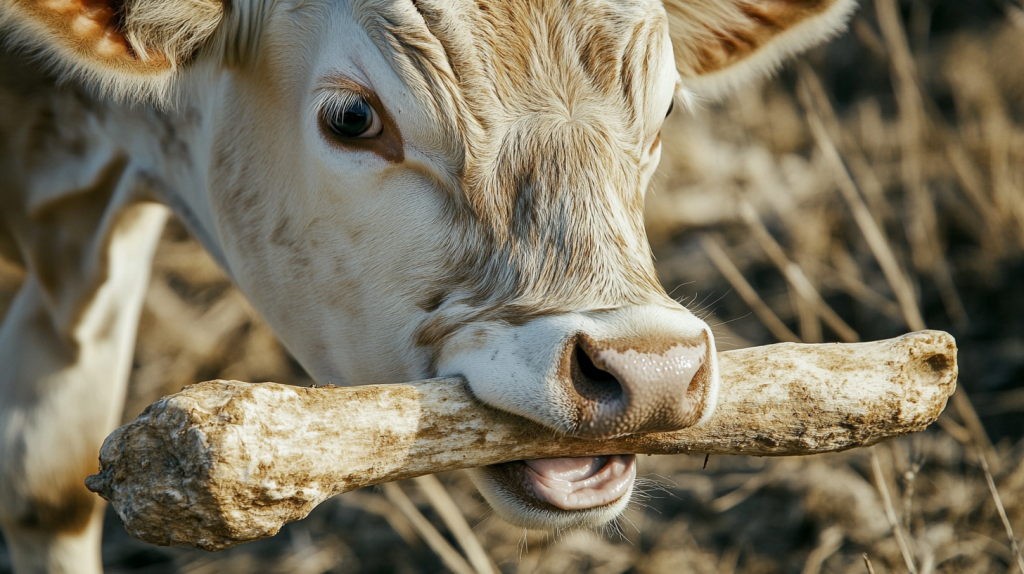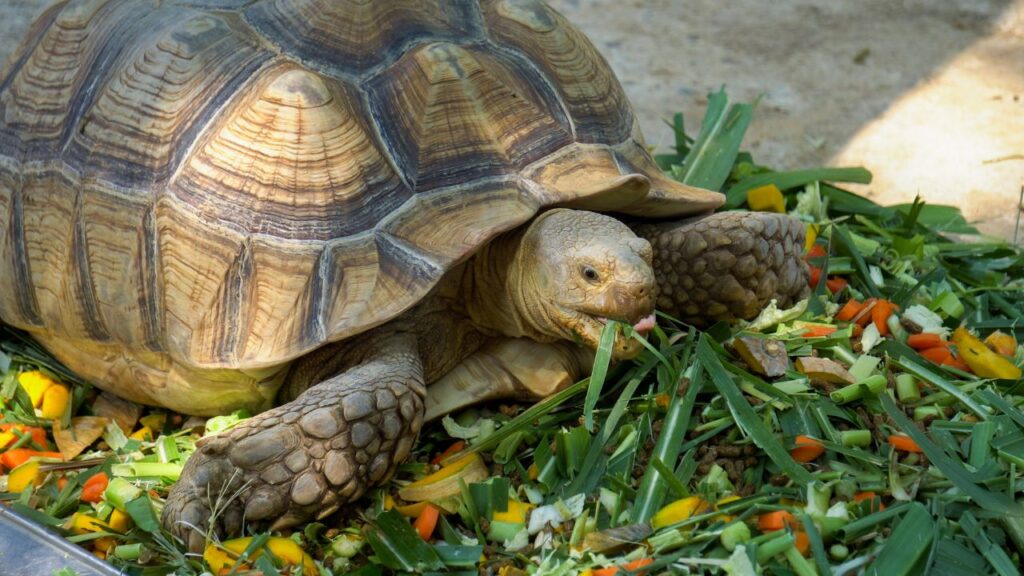Nature has a way of surprising us, especially when it comes to animal behaviour. While we often think of creatures as strictly herbivores or carnivores, the truth is far more complex. Many animals we consider harmless can become fierce predators when the need arises. This shift in behaviour is often driven by survival instincts, environmental changes, or scarcity of their usual food sources. From cute and cuddly to unexpectedly deadly, these animals remind us that adaptability is key in the wild. Let’s explore some of the most surprising creatures that can switch to predatory behaviour when circumstances demand it.
Squirrels
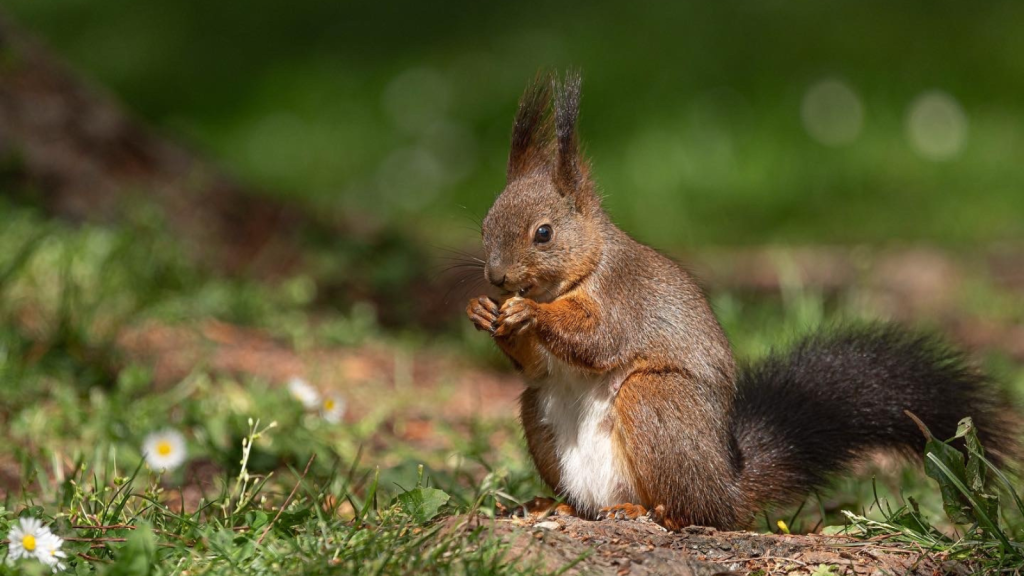
These bushy-tailed tree-dwellers are known for their love of nuts and seeds, but they have a hidden carnivorous side. When food is scarce, squirrels have been observed hunting and eating small birds, lizards, and even other squirrels. This behaviour is more common in times of drought or during harsh winters when their usual fare is hard to come by. Interestingly, some squirrel species, like the red squirrel, are more prone to carnivorous behaviour than others.
Deer
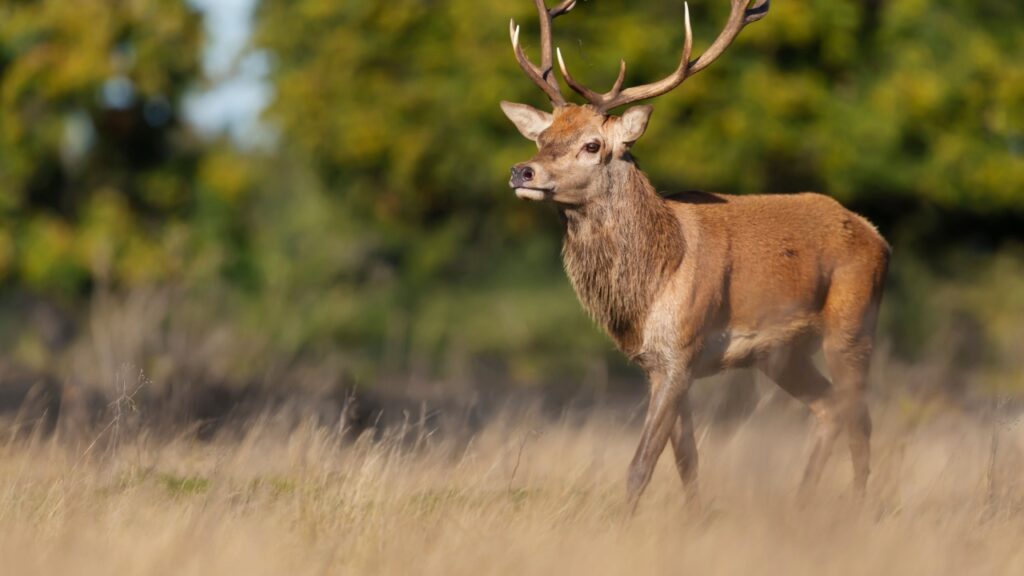
Typically seen as gentle grazers, deer have been caught on camera engaging in some shocking behaviour. In rare instances, they’ve been observed eating small birds and scavenging from carcasses. This unusual diet choice is thought to be linked to a need for extra nutrients, particularly calcium and protein, which can be scarce in their normal plant-based diet. White-tailed deer, in particular, have been known to raid ground-nesting birds’ nests for eggs and chicks.
Hippos

Despite their plant-based diet, hippos are among Africa’s most dangerous animals. While they don’t actively hunt, they can be extremely aggressive and have been known to attack and eat other animals, including other hippos. This behaviour is often linked to territorial disputes or stress, rather than a need for food. Hippos have also been observed scavenging on carcasses, using their powerful jaws to crush bones for their mineral content.
Chickens

These farmyard favourites are far from the placid creatures we often imagine. Chickens are omnivores and will happily eat insects, worms, and even small rodents if given the chance. In rare cases, chickens have been known to turn cannibalistic, especially in overcrowded or stressful conditions. Free-range chickens often display more varied and natural feeding behaviours, including hunting for small prey in their environment.
Gorillas
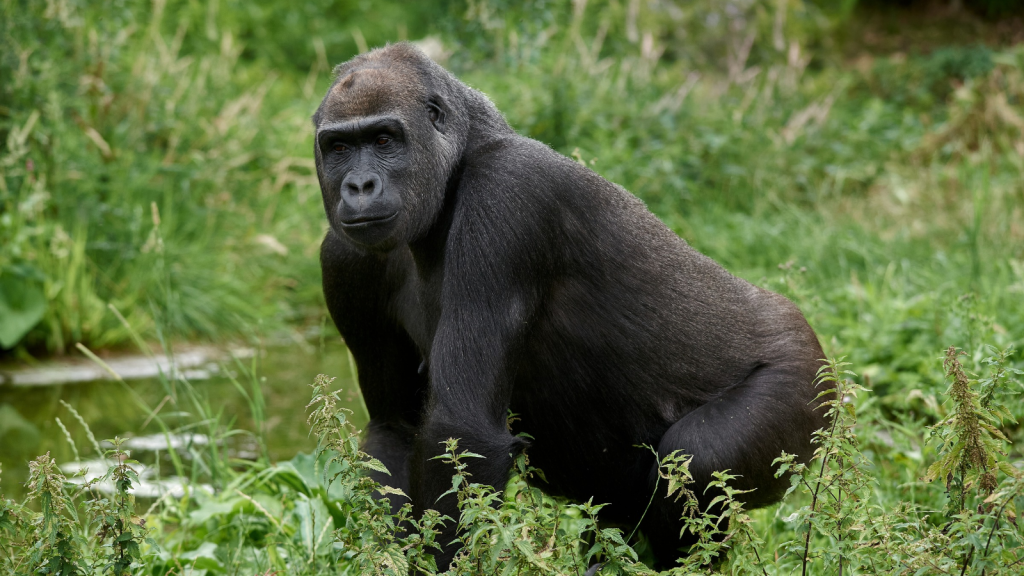
While gorillas are primarily herbivores, they’re not strictly vegetarian. These great apes occasionally supplement their diet with insects and small animals. In captivity, some gorillas have been observed catching and eating birds that enter their enclosures, showing that their dietary flexibility extends beyond their natural habitat. Mountain gorillas, in particular, have been known to eat ants and termites as a regular part of their diet.
Cows
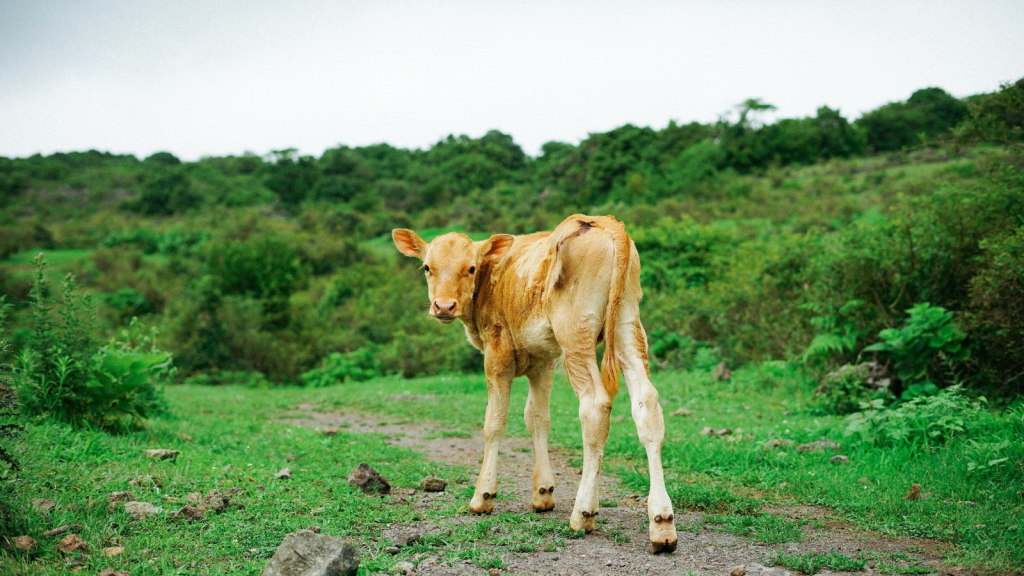
These gentle giants are the epitome of herbivores in most people’s minds, but cows have a surprising secret. In times of severe mineral deficiency, particularly phosphorus, cows have been known to chew on bones and even hunt small animals. This behaviour, while rare, highlights the lengths animals will go to meet their nutritional needs. In some parts of the world, farmers deliberately feed bone meal to cattle to prevent these deficiencies and associated behaviours.
Pandas

Despite their specialised bamboo diet, pandas still retain the digestive system of a carnivore. In the wild, they’ve been observed eating small rodents and birds. This behaviour is more common in captivity, where pandas have been known to accept meat as part of their diet, suggesting their herbivorous lifestyle might be more flexible than we thought. Historically, pandas were more carnivorous, and their shift to a bamboo diet is a relatively recent adaptation.
Rabbits

These fluffy herbivores have a dark side that might surprise you. In times of extreme hunger or nutritional stress, rabbits have been known to eat their own young. While shocking, this behaviour is a stark reminder of the harsh realities of survival in the animal kingdom. Female rabbits may also eat their young if they sense danger, as a way to cut their losses and preserve their own energy for future breeding attempts.
Parrots
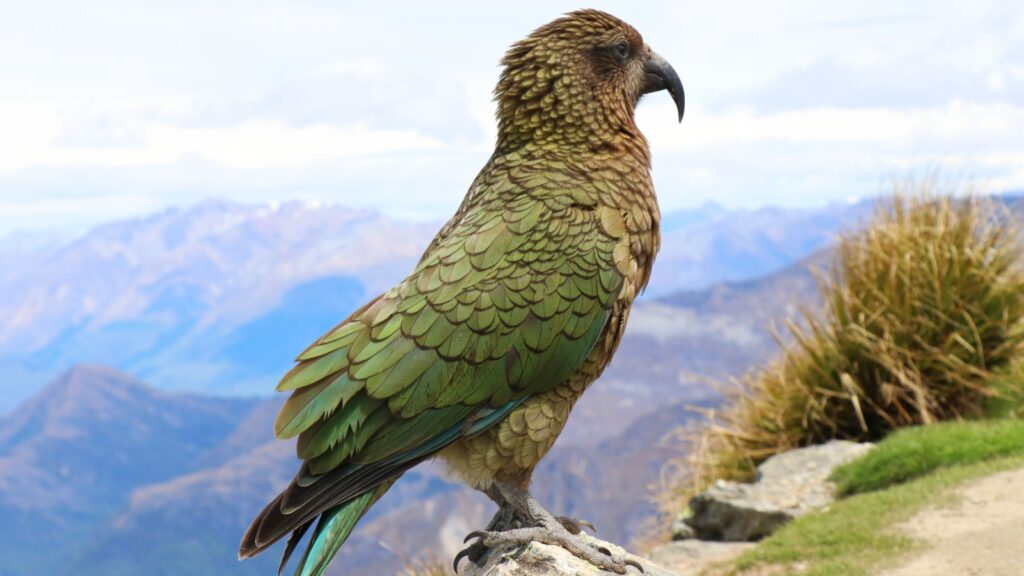
Known for their colourful plumage and ability to mimic human speech, parrots are generally thought of as seed and fruit eaters. However, some species, like the kea of New Zealand, have been observed attacking and eating seabirds and sheep. This predatory behaviour is thought to be an adaptation to their harsh mountain environment. The kea’s intelligence and problem-solving abilities make them particularly adept at finding new food sources when necessary.
Horses
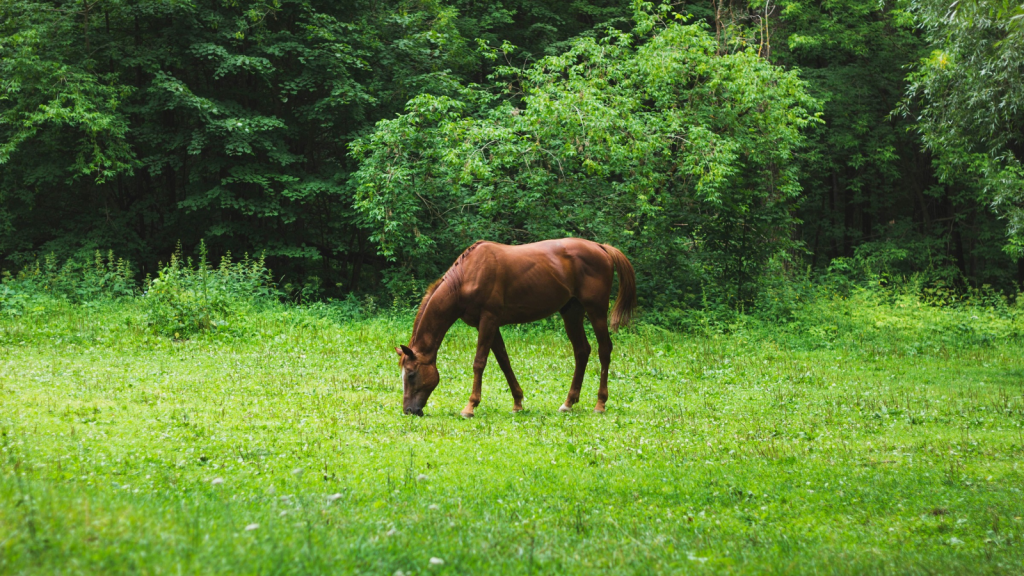
These majestic herbivores are occasionally seen engaging in some very un-horselike behaviour. There have been rare instances of horses eating small birds or rodents, usually when suffering from severe nutritional deficiencies. This behaviour, while uncommon, demonstrates the lengths animals will go to when desperate for certain nutrients. In some cases, horses have been observed chewing on bones or antlers, likely in an attempt to obtain calcium and other minerals.
Sheep
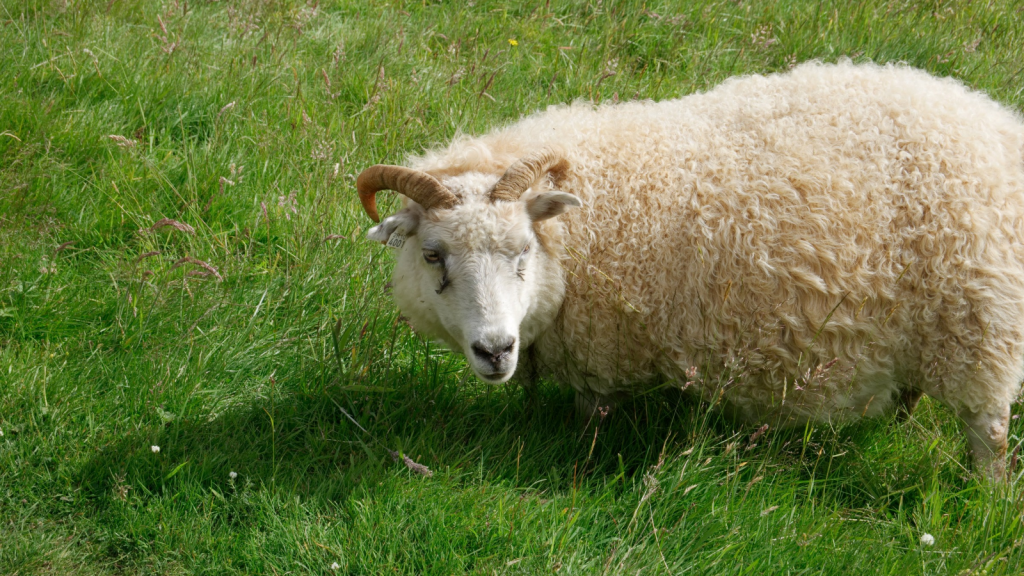
Typically viewed as docile grazers, sheep have been observed engaging in carnivorous behaviour. In the Scottish Highlands, sheep have been seen eating the remains of seabirds, likely to supplement their diet with much-needed minerals. This behaviour is a stark reminder that even the gentlest animals can surprise us. Some breeds of sheep, particularly those in harsh environments, may be more likely to exhibit this behaviour as a survival strategy.
Camels
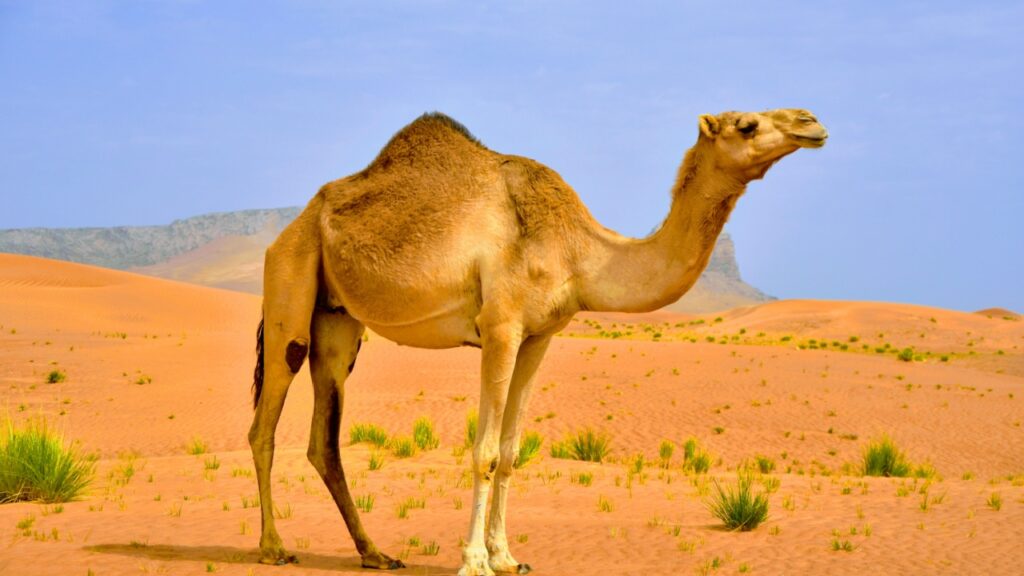
These desert-dwelling mammals are well-known for their ability to survive in harsh conditions, but their dietary flexibility might surprise you. In extreme circumstances, camels have been observed eating fish and even carrion. This adaptability is crucial for their survival in their unforgiving desert habitats. Bedouin herders have long known about camels’ omnivorous tendencies and sometimes feed them dried fish as a protein supplement.
Turtles
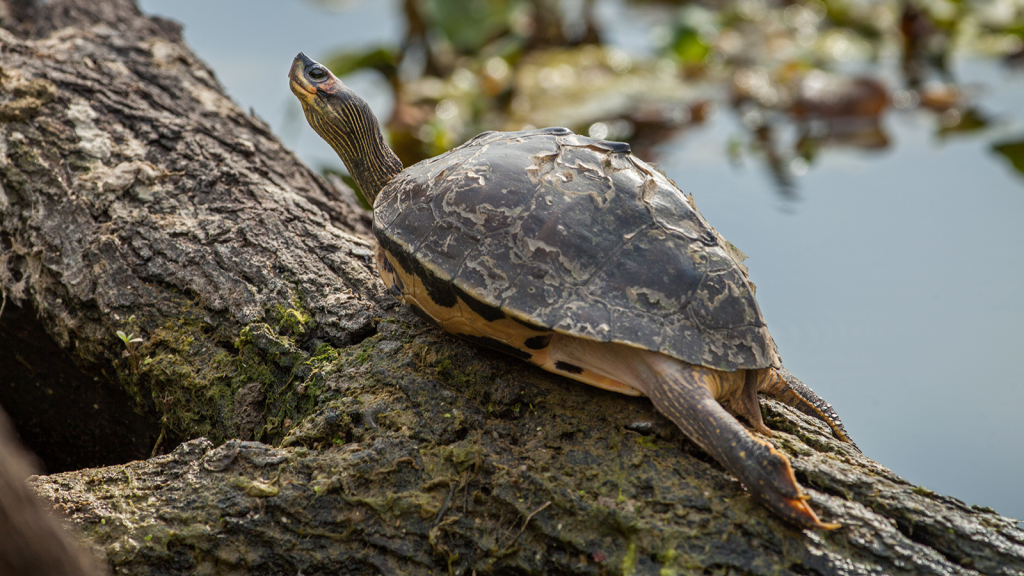
While many turtles are omnivorous, some species typically considered herbivores can turn predatory when necessary. The green sea turtle, for example, starts life as a carnivore before switching to a plant-based diet as an adult. However, in times of scarcity, they may revert to eating jellyfish and other small sea creatures. This dietary flexibility allows them to adapt to changing environmental conditions and food availability in their marine habitats.
Iguanas

These large lizards are generally herbivorous, but they’re not above snacking on insects or even small birds if the opportunity arises. Marine iguanas, found only in the Galápagos Islands, have been observed eating crabs and other small sea creatures during El Niño years when their usual algae diet becomes scarce. Land iguanas have been known to eat carrion and even cannibalise smaller iguanas in times of extreme food shortage.
Orangutans
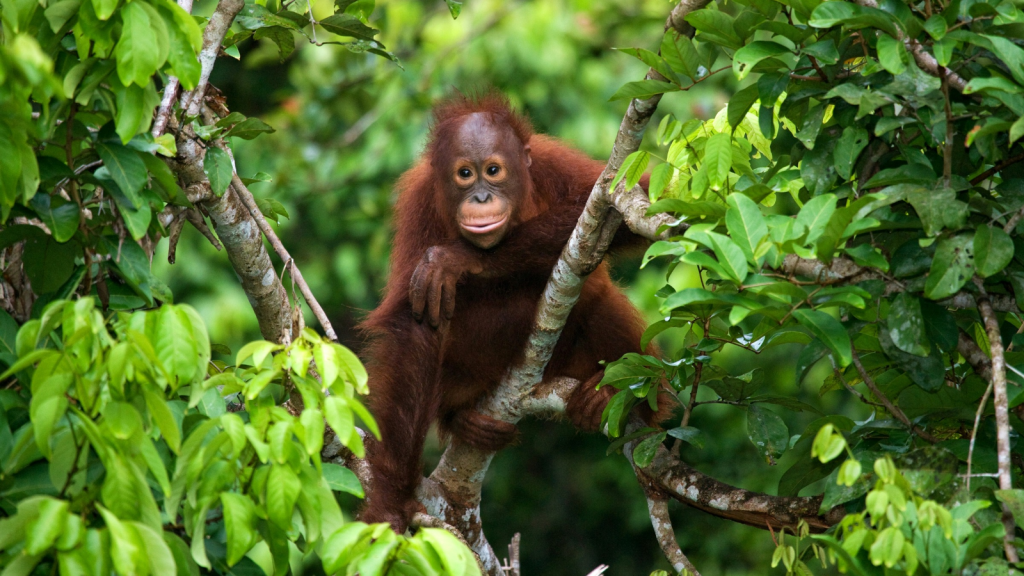
Primarily fruit-eaters, orangutans have been observed engaging in some unexpected feeding behaviours. In Borneo, they’ve been seen catching and eating slow lorises, a small primate. This behaviour is rare but demonstrates the adaptability of these intelligent apes when faced with changing environments or food scarcity. Orangutans have also been observed using tools to fish for termites and ants, showcasing their problem-solving skills in obtaining animal protein.
Becky is a fervent wildlife enthusiast and pet care expert with a diploma in canine nutrition. Her love for animals stretches beyond the domestic, embracing the wild tapestry of global fauna. With over a decade of experience in animal welfare, Becky lends her expertise to OutlandishOwl through insightful articles, captivating wildlife information, and invaluable guidance on pet nutrition. Her work embodies a deep commitment to understanding the intricate lives of animals and a passion for educating others on sustaining natural habitats. Becky's hands-on conservation efforts and her knack for translating complex dietary science into practical pet feeding tips make her an indispensable voice for creatures great and small.

